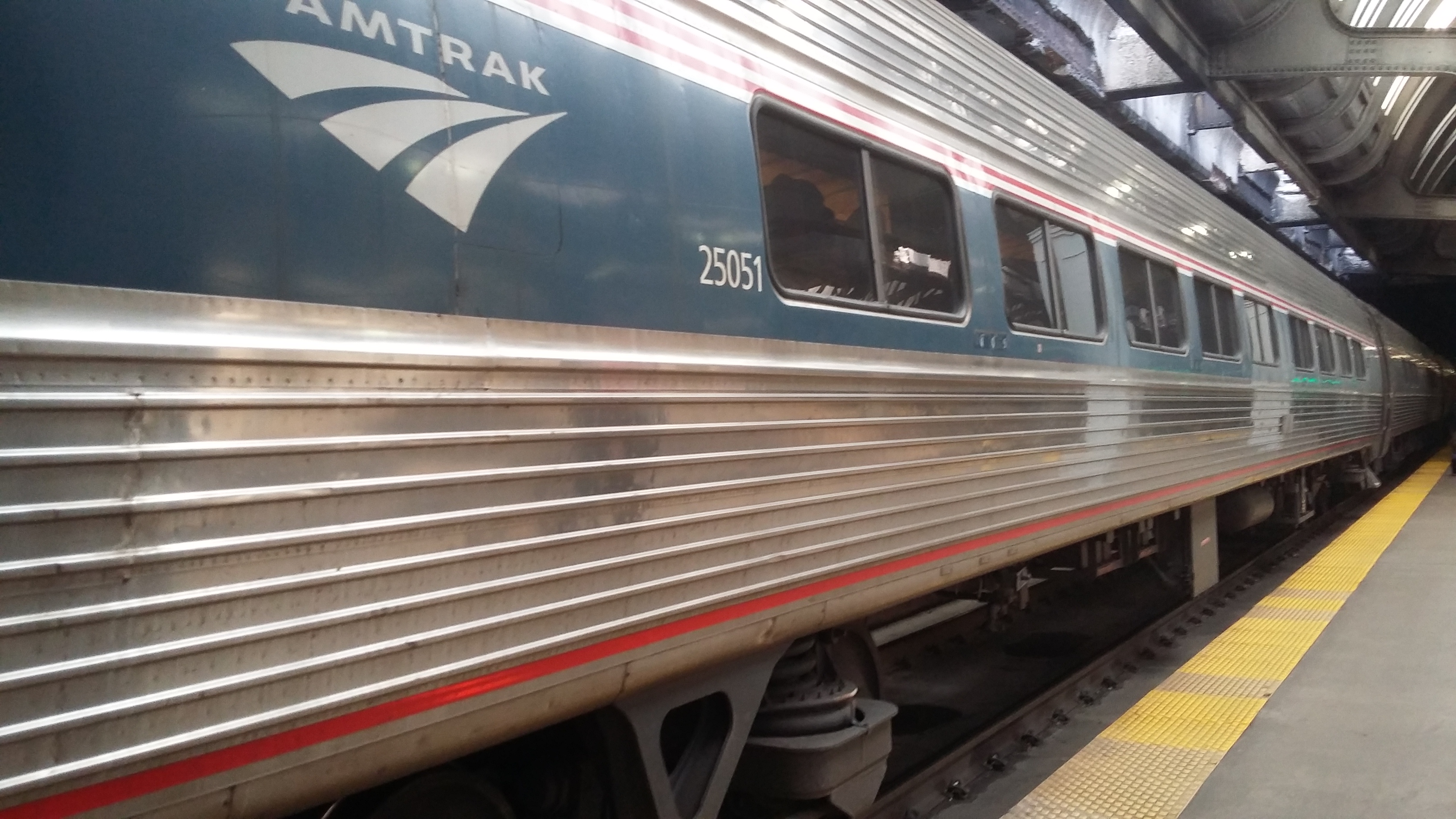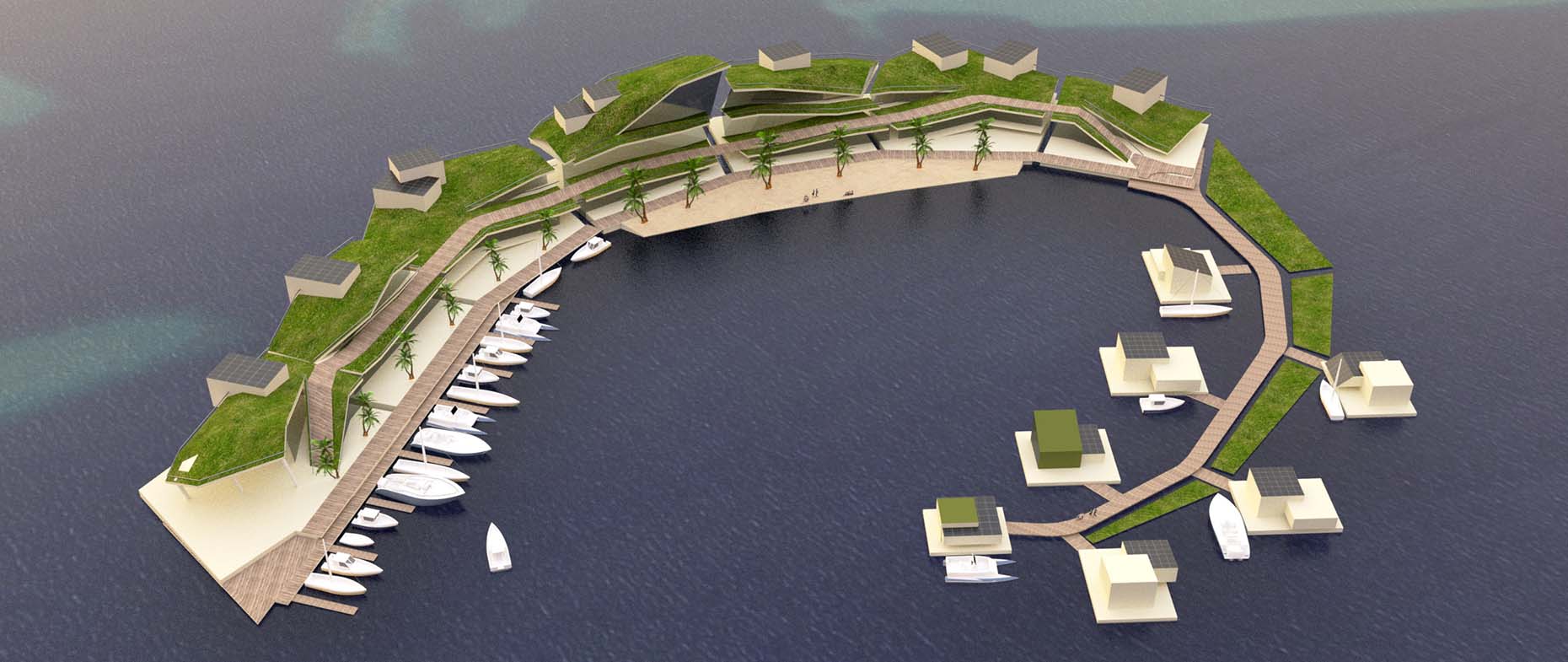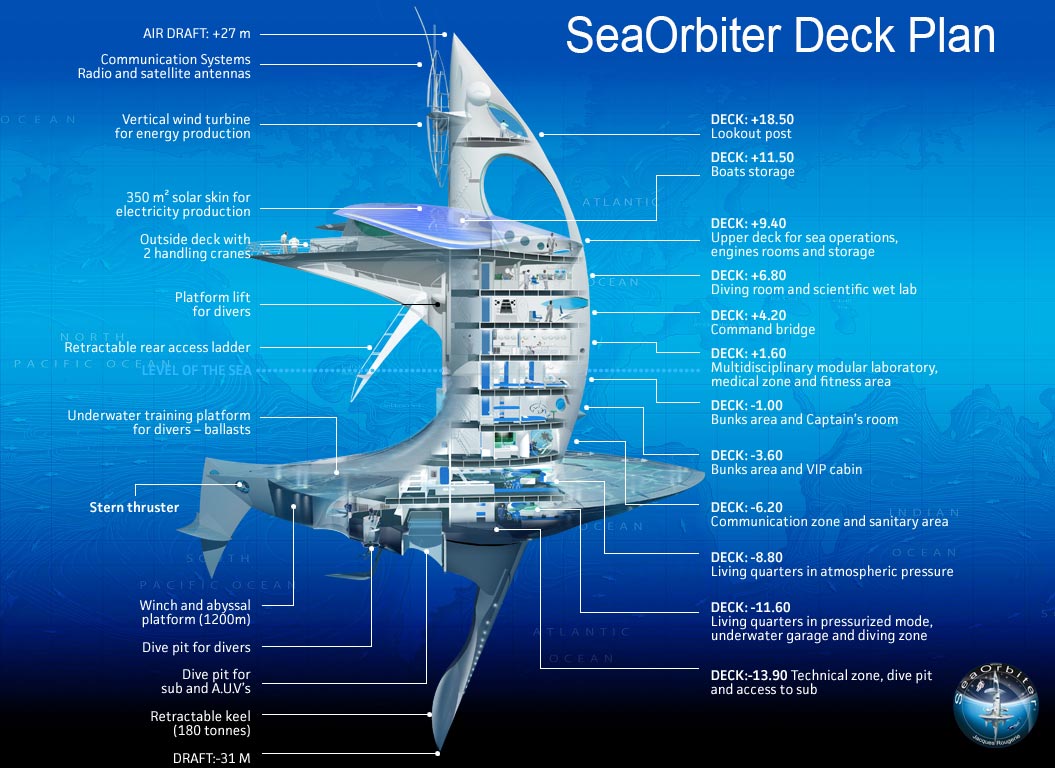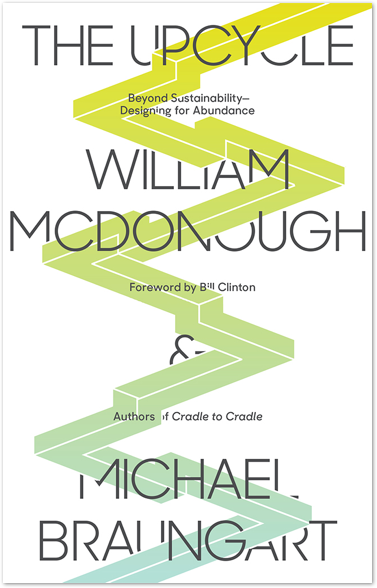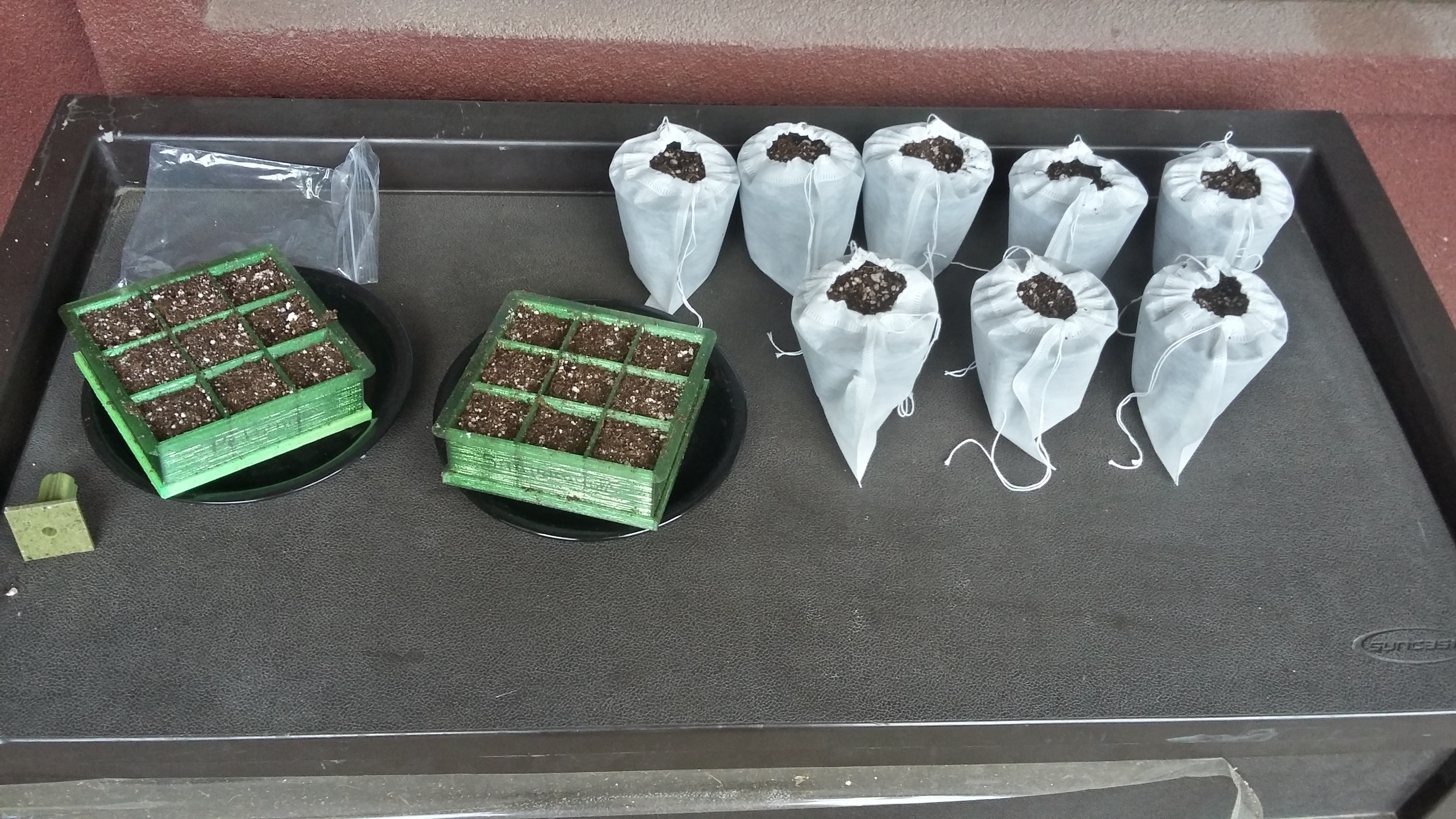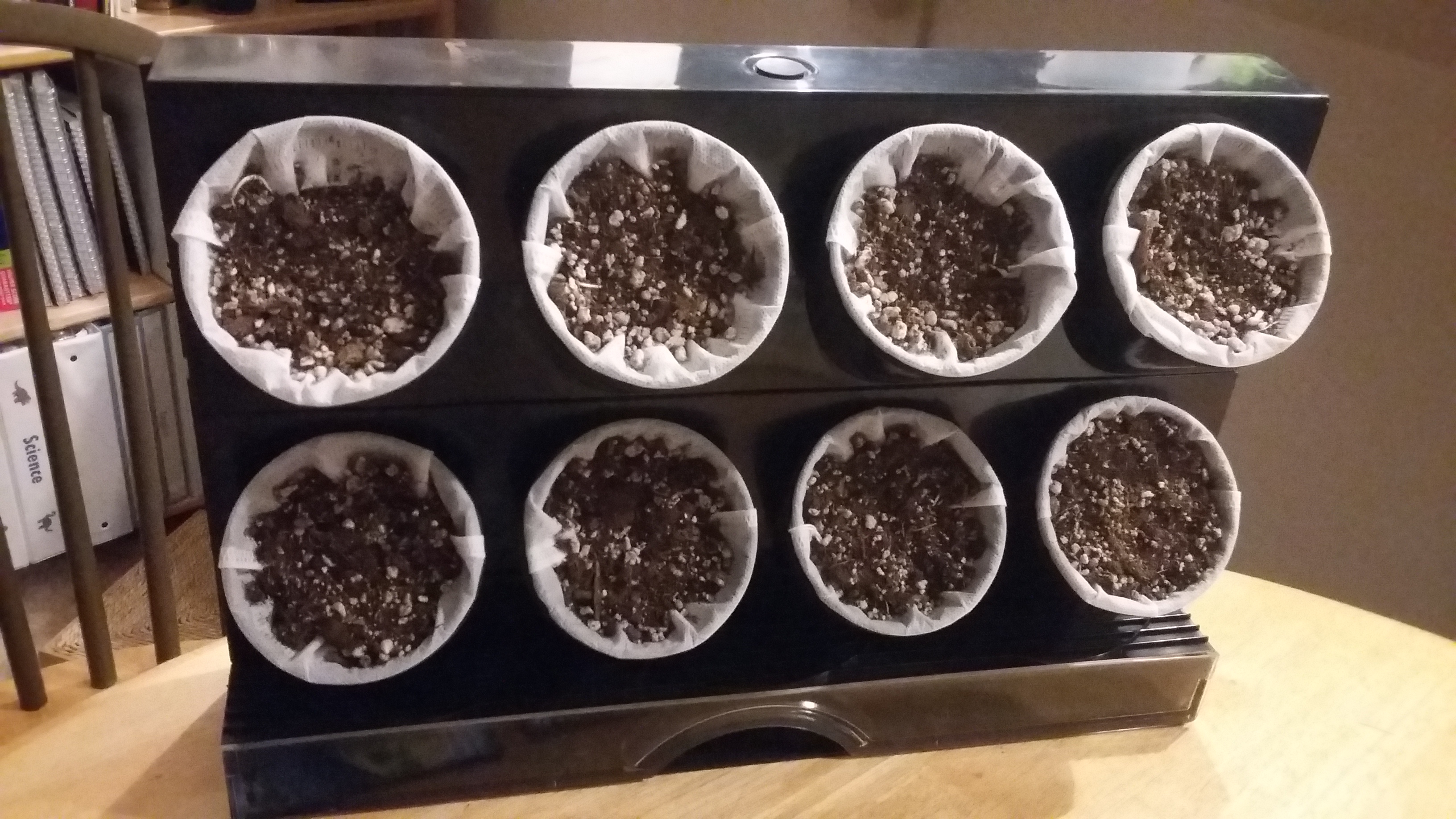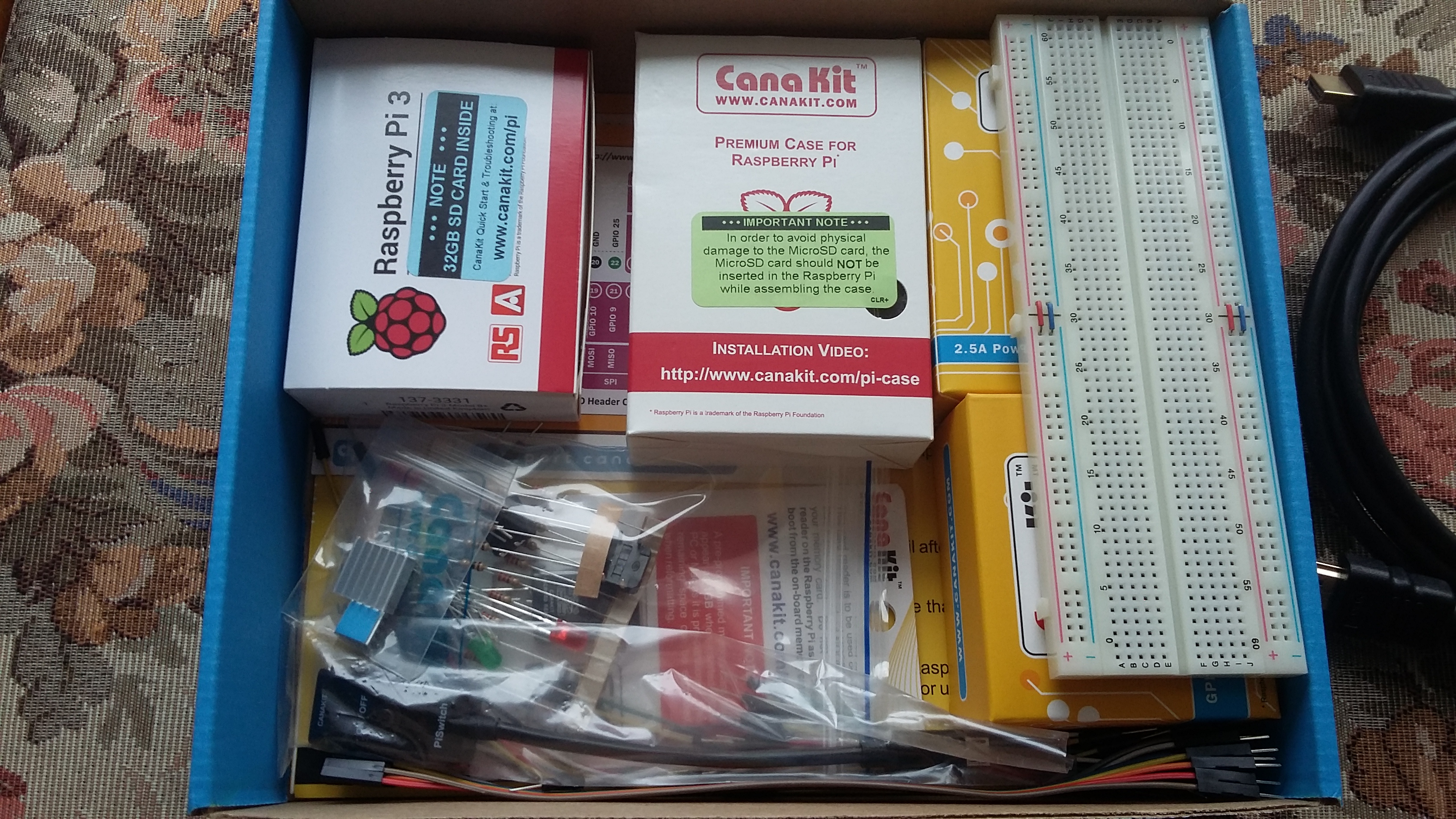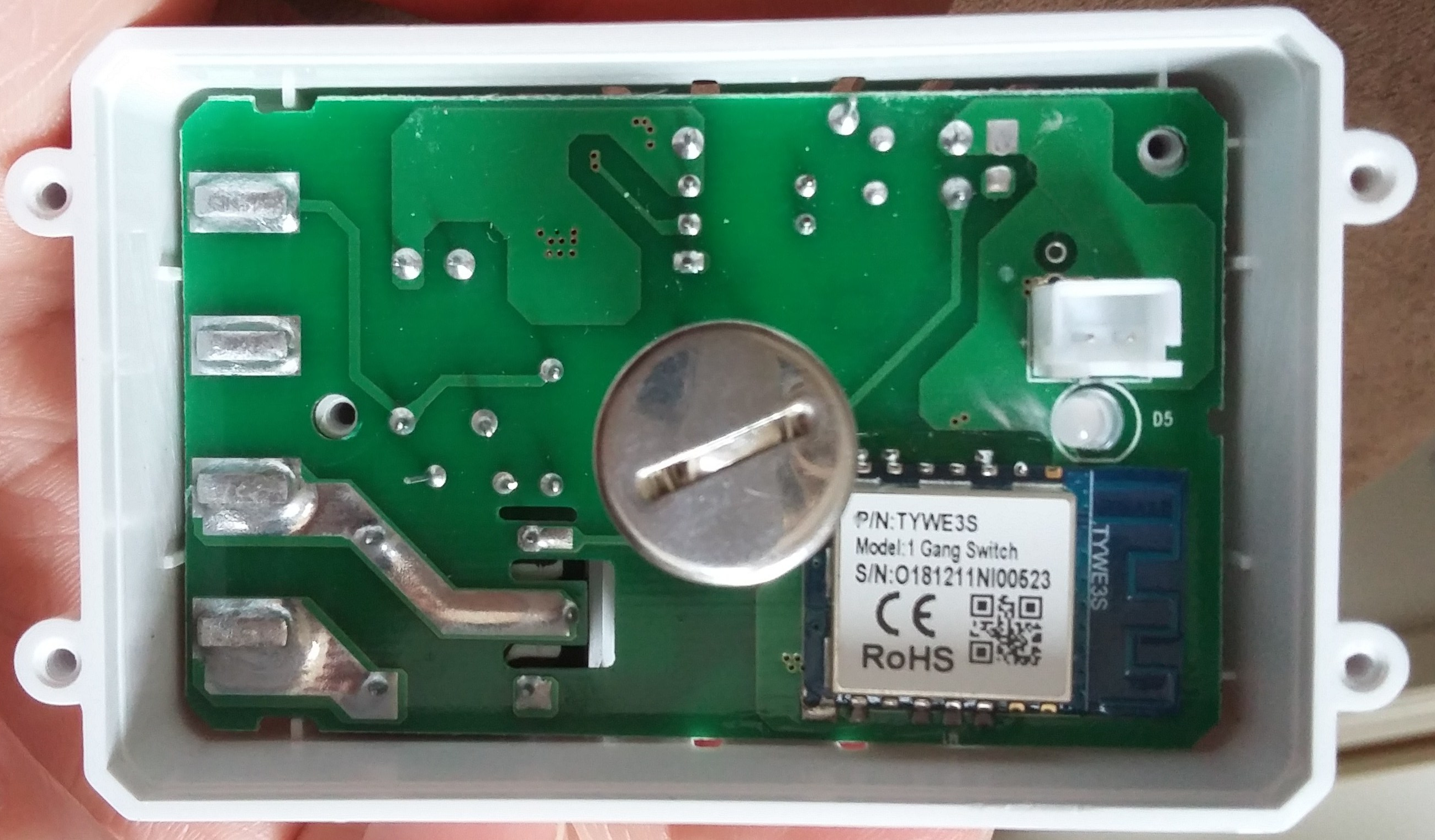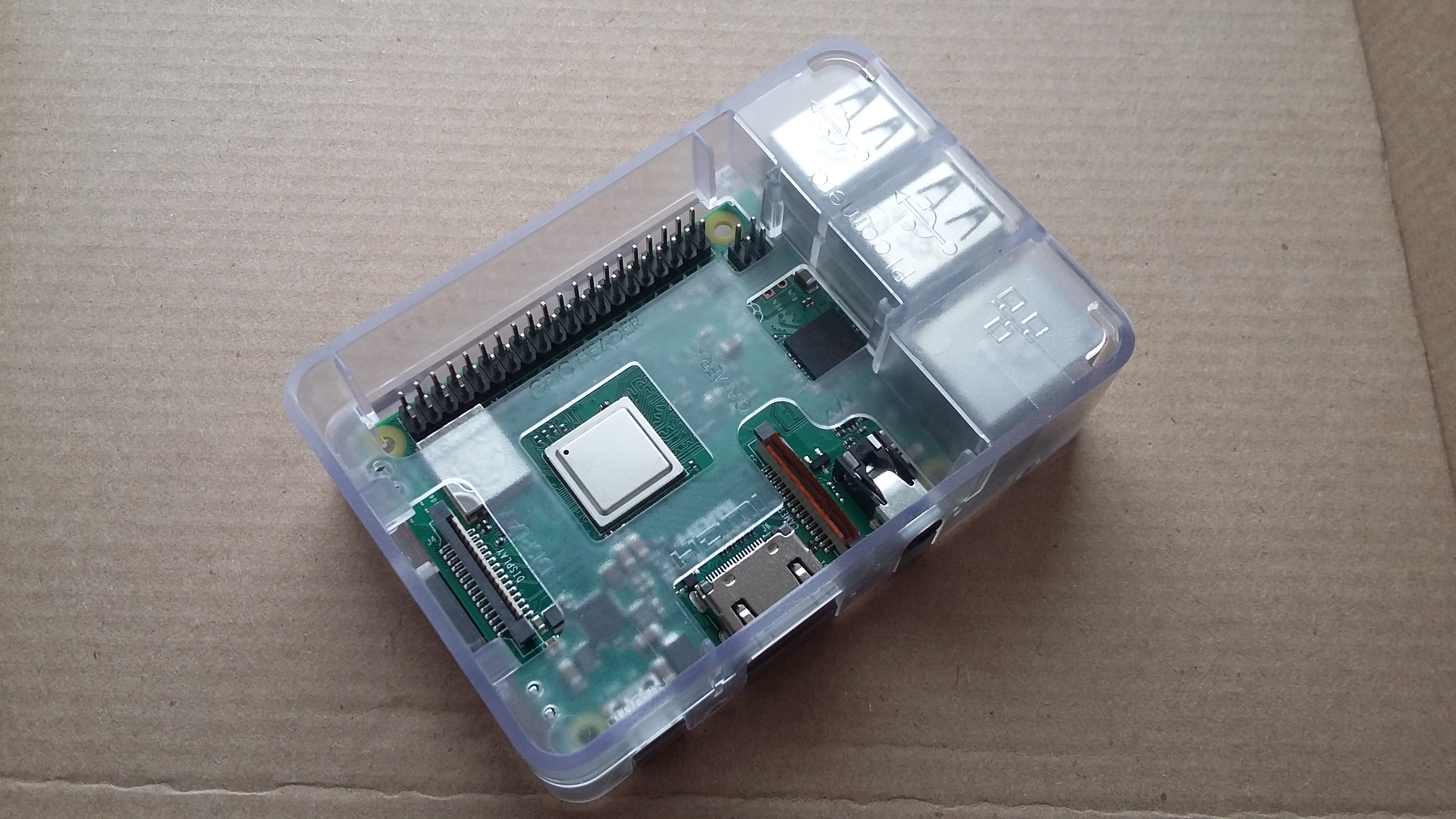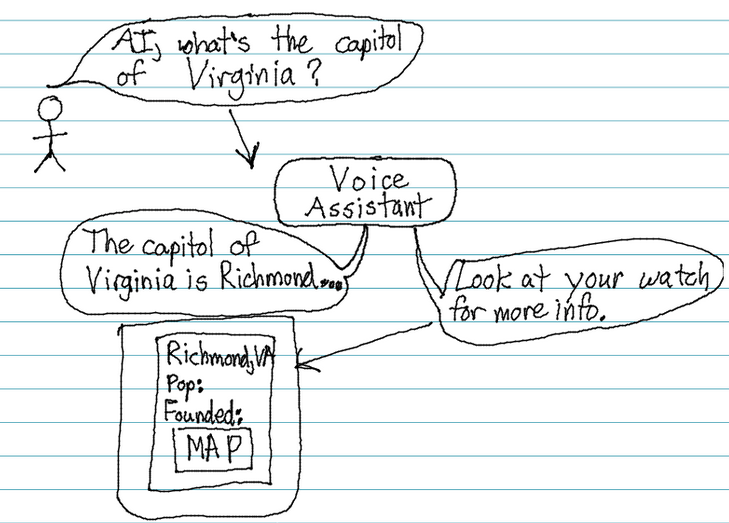
Photo by Pixabay on Pexels.com
I’m an introvert. I work from home, so beside running errands, I rarely leave my apartment. I’m slowly coming to the realization, however, that I need to be around people to maintain my mental well-being. Humans evolved as social creatures, despite what social Darwinists think, so even introverts need some human interaction. Despite all the technology devoted to communication, we still experience loneliness which can have severe impacts on our quality of life.
Reading Susan Cain’s Quiet made me wonder about all the ways the extrovert ideal espoused by western society is what has driven a lot of the problems we currently see with society. Every person as a salesperson is an alliance of extroversion and capitalism that leaves the rest of us behind. If you want to get ahead, especially in America, you’re expected to extrovert up or fake it.
To be fair, in some ways it’s easier than ever to be an introverted, highly sensitive, or shy person. There are remote work opportunities, home delivery of practically anything you need, and a plethora of ways to contact other humans. The problem is that all of these new methods of communication and the high-productivity mindset of the world can just as readily cause us to be overstimulated.
Community is a theme that appears throughout solarpunk, but how do we balance the opposing needs of social interaction and “me” time? Can we build communities with strong social networks while still respecting the personal space of those most sensitive to overstimulation?
In Alaya Dawn Johnson’s The Summer Prince, there are vegetated nooks and crannies of the megalopolis, Palmares Tres, where the characters are able to take a respite from the book’s action. Some of these are private gardens of the more well-to-do, and others are more or less micro-parks scattered throughout the city’s multistory structure.
I think this approach of having personal space at home, and quiet zones scattered throughout a community seems to offer a chance for people to get away from overstimulating situations while still allowing us to interact with the world.
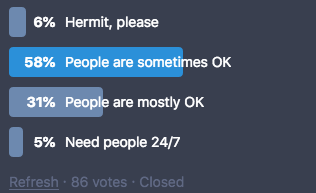
A poll from solarpunks on Sunbeam City about their preferences for human interaction
I suspect that even true extroverts would benefit from a little “me time,” and most humans probably fall into the ambivert category anyway. A super-scientific poll of solarpunks on Sunbeam City shows a strong preference for being with other people, but only some of the time. One thing I see come up again and again in discussions of communities is the need for people to be free to interact with others (or not) on their own terms. While social isolation is a serious issue in western society today, we should seek a happy medium, not race toward another extreme of no personal time or space.
How might a society carve out both communal and personal spaces? Here are just a few ideas. Feel free to comment with your own after the article!
- Co-housing
- Baugruppe and other forms of co-housing allow people to come together to build residential communities where some of the infrastructure or social load is distributed to the group. There’s no one form of co-housing, but I like to think of it like fancy dorms for grown-ups (this is a gross over-simplification).
- Superblocks
- Barcelona is currently implementing a plan to bring streets back to the people. This will increase safety for pedestrians and cyclists, as well as help rebuild the social fabric of neighborhoods.
- Secret gardens
- Having small parks or gardens distributed throughout a city could help give people safe spaces to duck into when they’re feeling overwhelmed.

